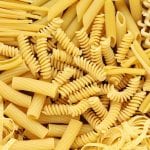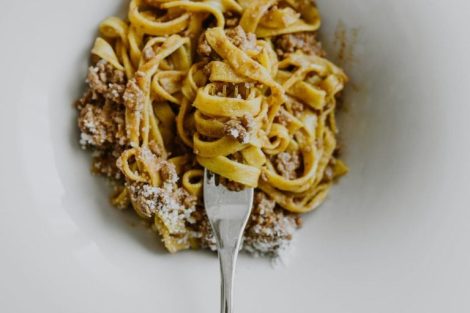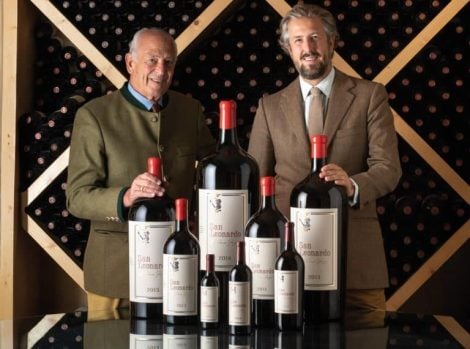Marco Magnocavallo
“At ten years old, I fooled around with Commodore, Nua, Itapac and BBS – all predecessors to today’s computers and internet. At twenty, I made believe I was studying Economy and Commerce at university, when in reality, I had started my first business: Minimania.” Even at the start, Marco Magnocavallo barreled his way from web to startup. He founded blogo.it, sold in 2011 so he could dedicate himself to the wine world, and founded Tannico at the end of 2012. Its first sales took place a few months later. The launch was a challenge, considering how slow e-commerce was in Italy, particularly in the wine sect0r. “Wine suffers because it doesn’t have a strong player as other fields do. When we began, you could count on-line wine shops on the fingers of one hand. Some depended on the passion of individuals, others as the showcase for physical stores. But there wasn’t anyone with experience in the area, or with capital and investment marketing of several million euros. We were a strong stimulus for the sector,” Marco remembered.
Online sales
Online wine shops leapt from ten million euros of sales in 2012 to the 35 million euros of today. Tannico’s share amounts to about 6 million euros. Its numbers: 40,000 clients, 2,000 square meters of warehouse near Milano and a catalogue of 7,500 labels from 1,400 wineries. His program of foreign expansion is crucial. In September, a second warehouse opened in Great Britain. At the end of the year, exports start to France, Switzerland, Germany and Northern Europe. There are two models of wine e-commerce. Some sites live on flash sales, and others on a catalogue of products that are always available. Tannico began with the first model, but today is a hybrid: 80% of its business depends on sales from their catalogue. “Price wars are very fierce. Sites differ more in terms of discounts than in the completeness of the information they offer and the type of communication, but we are working hard on these fronts,” added Marco.
The “sommelier one2one” service is essential. “The clients we advised bought three times as much. The personal relationship gratified our clients. For the first time they saw a real person behind the site.”
Tannico's algorithm
On the basis of purchases, Tannico builds an algorithm to suggest products. The clients’ wine DNA is constructed: what they look at, consume and finally, put in their shopping carts. “In that way, maybe they see and buy niche labels that perhaps they wouldn’t have noticed on an enormous list.” The “small wineries” section of Tannico – there are 150 – has had particular success. The case of a small Tuscan producer is emblematic. Alberto Ravazzi has sold 10,000 bottles and is constantly among the top 10 most-purchased. In sales, online wine shops often reflect physical ones in reverse. “In Sicily, we sell a great deal of Alto Adige wine, and vice versa. This is because the classic wine shop is very well-stocked with local wines, but carries fewer from distant zones.” Sales confirm the importance of awards on the volume of a single label’s sales. (“Even four times as much.”) Purchases of bubblies are significant: Franciacorta, Trento and a great deal of Champagne, with a growing number of less well-known names. What does he think of Amazon and eBay? “We were partners with eBay for a year, but we weren’t satisfied. Amazon began aggressively, but now it’s blundering in the dark because the wine market is not like electronics or books where Nielsen tells you what’s selling. I would never go to Mediaworld to buy a bottle of Sassicaia. And while I’m reading a description of a wine, I don’t want to see a banner of a fridge or a microwave oven.”
Wine shops future
But what will happen to wine shops? “Well, we’re about to open a physical shop. It won’t be very easy for the ordinary wine shop to keep pace with e-commerce, its potential offerings and its technology. The rapport between client and wine shop, though, is powerful, especially when you can taste the wine, perhaps with a good sample of cheese and cold cuts, before buying.”
The wine shop of the future will more and more be a place that doesn’t only sell bottles, but sells an experience. Tannico’s project is developing in this direction.
A database open to all
Tannico is now making its information bank available to wineries. “We have 40,000 clients on our site and an important group of businesses that work with us. Wineries and associations can consult all the data in our possession, plus other data that we gather from other sources. Producers will be able to see their position compared to their competitors, the complete panorama of online prices, the visibility of their wines and the popularity of their brand.” All in all, Tannico offers a complete guide to the dynamics of the market and a profile of its clients: their location, age range, sex, and so on. There will be hundreds of useful indicators to help producers orient themselves in the sector. Except for some specific functions, access will be free to all.
by Lorenzo Ruggeri



 The oil always moves north, reaching England. How the map of olive trees is changing due to climate change
The oil always moves north, reaching England. How the map of olive trees is changing due to climate change The Nobel Sandwich we tried at CERN, just steps from antimatter
The Nobel Sandwich we tried at CERN, just steps from antimatter The two young talents from Gattinara revolutionising Italian cuisine
The two young talents from Gattinara revolutionising Italian cuisine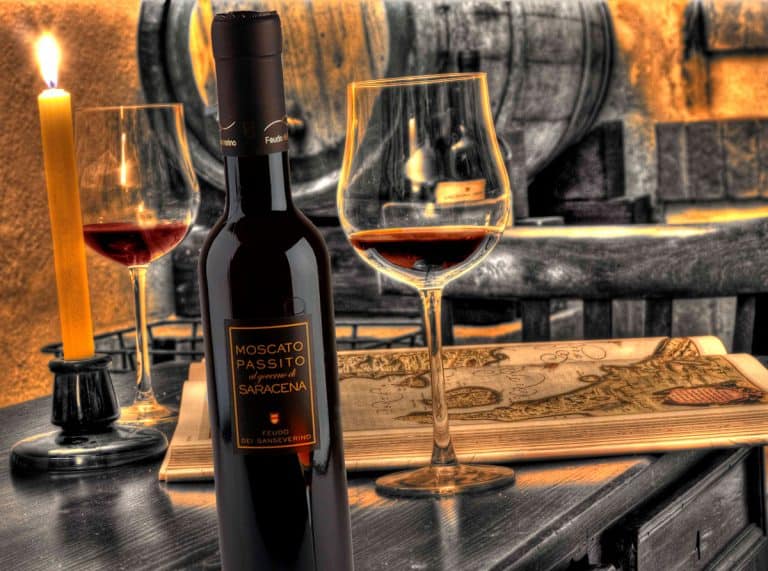 Here is the Meditation Wine of the Year according to Gambero Rosso
Here is the Meditation Wine of the Year according to Gambero Rosso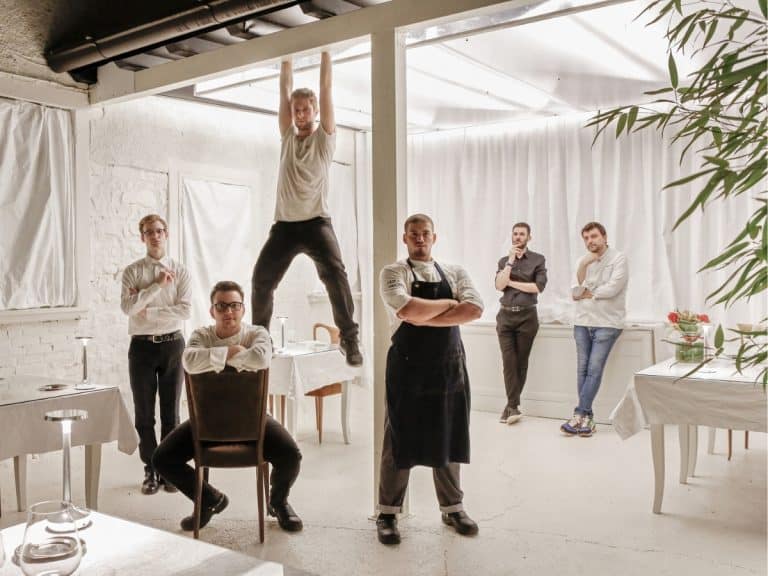 The 6 new 'Tre Forchette' restaurants of Gambero Rosso: here they are
The 6 new 'Tre Forchette' restaurants of Gambero Rosso: here they are